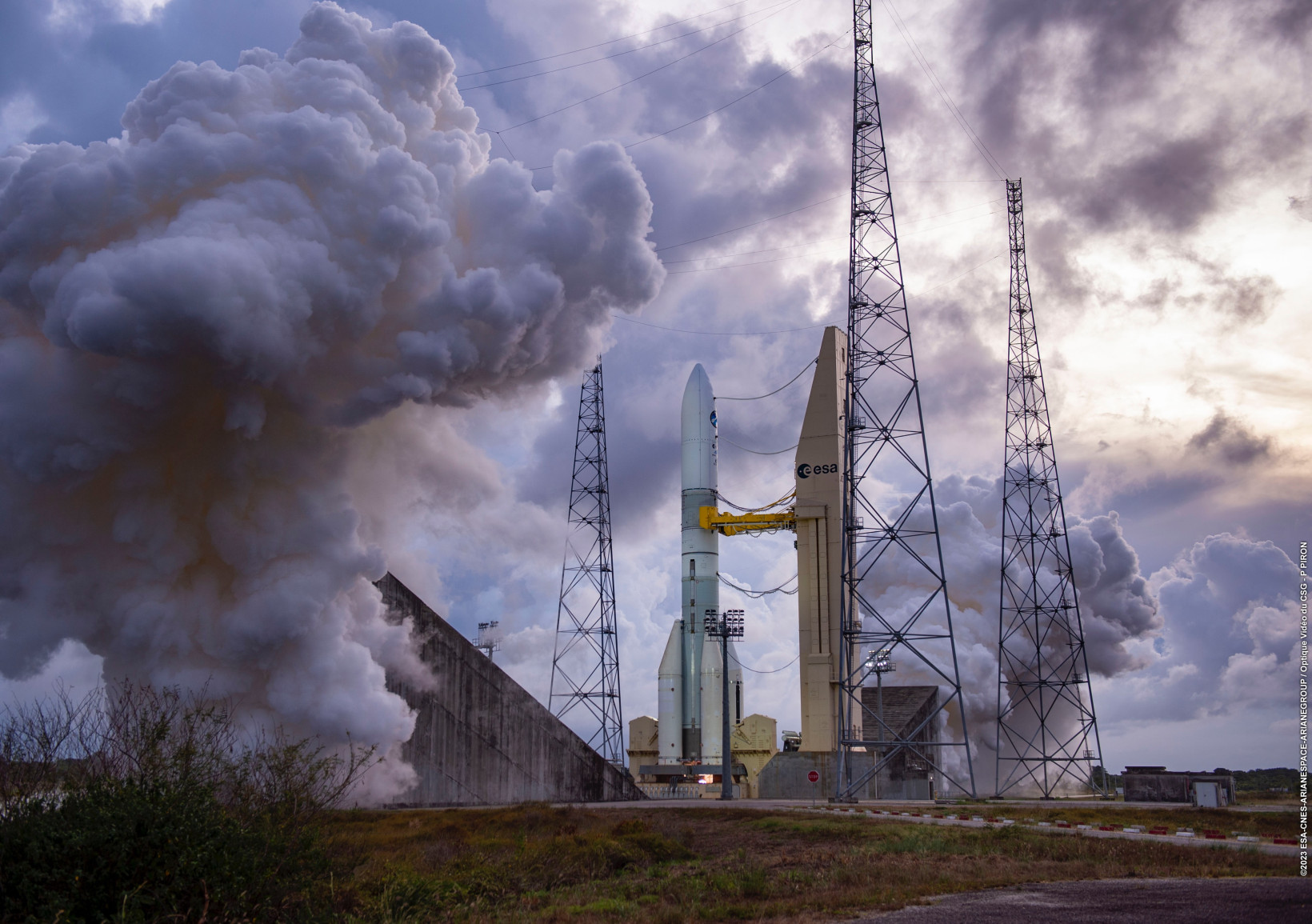Europe’s space sector is set to end an “unprecedented crisis” on July 9 when the Ariane 6 satellite launcher flies for the first time.
The journey would finally restore the continent’s independent access to space, which ended last July with the retirement of Ariane 5.
Ariane 6 is the launcher’s chosen successor. The European Space Agency (ESA) commissioned the vehicle to increase launch capacity, but constant delays beset the plans have been beset by painful delays. The first flight is now four years behind schedule.
Problems with the Vega launch system compounded the setbacks. Europe also lost access to Russia’s Soyuz rockets following the full-scale invasion of Ukraine.
Deprived of these capabilities, ESA has relied on US company SpaceX to send satellites into orbit.
Thierry Breton, the EU’s commissioner for the internal market, described the dilemma as an “unprecedented crisis.” The launch of Ariane 6 promises a resolution.


The future for Ariane 6
Ariane 6 will take off for the first time on July 6 from Europe’s Spaceport in French Guiana, ESA announced today.
“Ariane 6 marks a new era of autonomous, versatile European space travel,” said ESA Director General Josef Aschbacher.
“This powerful rocket is the culmination of many years of dedication and ingenuity from thousands across Europe and, as it launches, it will re-establish Europe’s independent access to space.”
ESA will operate the first launch. France’s ArianeGroup, which built the vehicle, will lead subsequent flights.
The company said that 30 missions are already in the order book. It plans to make a second launch by the end of 2024 and eventually complete around 10 a year.
Martin Sion, the CEO of ArianeGroup, heralded the maiden flight as a breakthrough for Europe.
“It will pave the way for commercial operations and a significant ramp-up over the next two years,” he said. “Ariane 6 is a powerful, versatile and scalable launcher that will ensure Europe’s autonomous access to space.”

